Evidently, not the most famous category of films coming out of Asia, since the genre has been associated with Italy and Hollywood almost completely. However, in the vast plethora of movies coming out of the continent, there were bound to be some productions in the genre, which, as we are about to see, come from a number of different countries. Manchuria has always been a place to shoot these films for the Japanese and the Koreans, but lately the Indonesia landscape has been also used, for a couple of films. India and Thailand also have their share of films in the genre.
Evidently, the category stretches the term a bit, and goes beyond the basic elements of guns and desert settings. Here are 15 of the finest samples, in chronological order
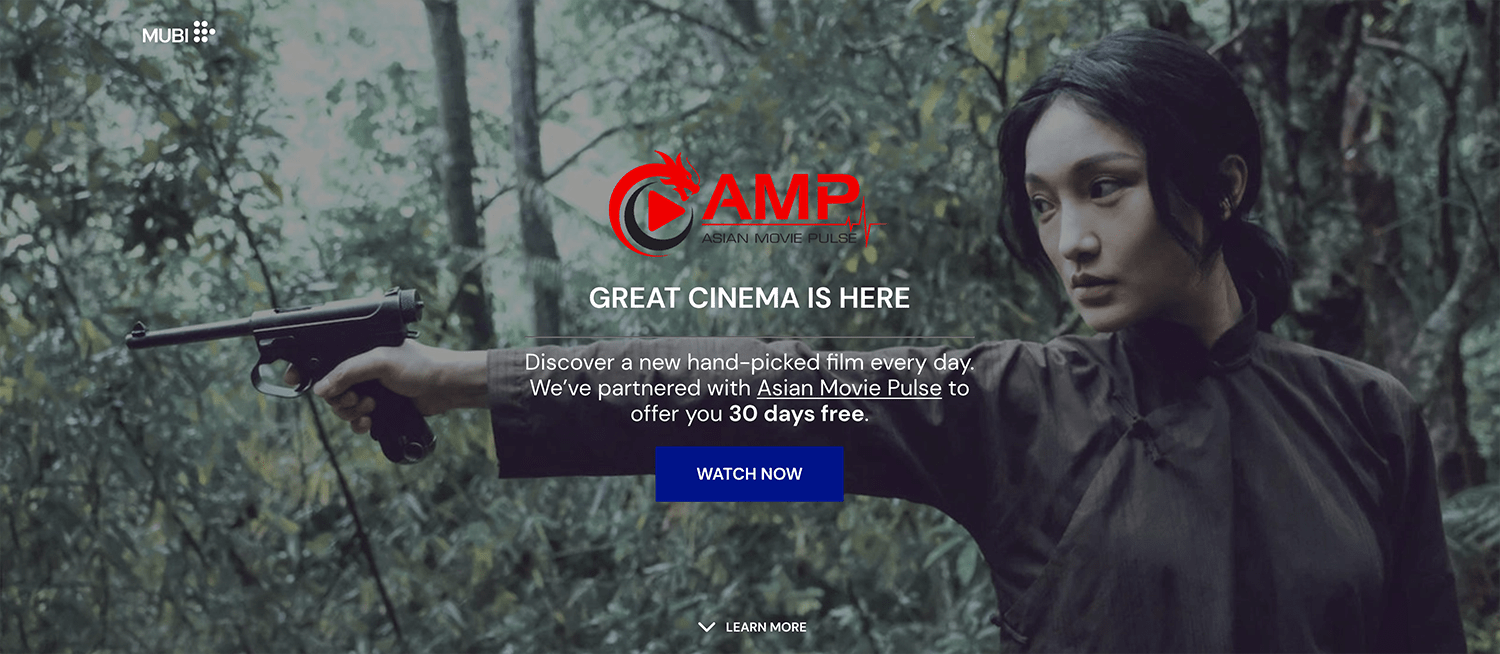
*by clicking on some of the titles, you can find the full reviews. For the rest, we just included the synopsis from wikipedia
1. Yojimbo (Akira Kurosawa, 1961, Japan)

The usage of the wide shots, showing the leading Samurai facing a sea of enemies is great to watch and the way they use the music to grab the feel of an emotion is great work. Each character brings there own unique feel to the film and if film makers want to know how to bring different characters through to the audience, then they should just watch this to find out.
Buy This Title
2. The Drifting Avenger (Junya Sato, 1968, Japan)
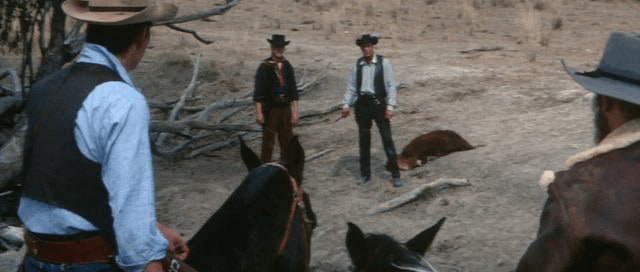
In 1872 mixed-race young man, Ken Kato, embarks on a vengeful journey following the five outlaws who killed his family. The targets are Carson, Franco, Duncan, Check, and Billy. Along the way, Ken lost his horse and was hired on the ranch. Ken encounter Duncan and his gang that he'll never forget. Ken quickly pulled out his revolver, but a lonely old gunman named Marvin stopped him and the Duncan Gang left. He sympathizes with Ken and enters between the two if Ken's arm is not a win. Despite being furious at one point, Ken was eventually attracted to Marvin's calm judgment and excellent gun-handling, and learned a variety of cancer techniques.
3. Break Up The Chain (Lee Man-hee, 1971, S. Korea)
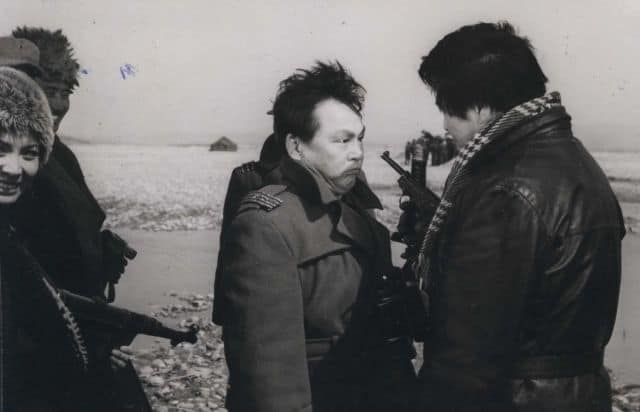
In that fashion, the plethora of action scenes are very well choreographed and executed, through a combination of violence and humor, with the “extreme” sound effects of the era working quite well for both elements. The fact that all three protagonists act cool but get their share of beating also functions quite well in terms of entertainment. Jang Dong-hwi as Tae-ho, Namkoong Won As Cheol-soo and Heo Jang-kang as Dal-geon embody the aspect of the “heroic clown” quite convincingly, as they frequently act as caricatures. Lastly, Lee also included a number of scenes where he mocks the Japanese, in ironic but also hilarious fashion.
4. Shanghai Express (Sammo Hung, 1986, Hong Kong)

Ching Fong-Tin (Sammo Hung) goes to Russia to steal goods from the Russian soldiers. Unfortunately he is caught and the soldiers make him strip his clothes down to his underwear. They force him to wear a brassiere and the head of a mop as a wig, and he is made to dance for their amusement. However, he makes his escape, grabbing his grenades as he goes, and throws one into the cabin. Fook Loi (Kenny Bee) catches Ching and lectures him about his crimes. Ching tries to escape, but in the scuffle, he and Fook end up rolling into a snowball. In the final moments after they both got out of the snowball, Fook tries to look for Ching and is taken by surprise when he jumps down from a tree, grabs his clothes and rushes off back to his hometown.
Buy This Title
5. Majestic Lion (K. Muralimohana Rao, 1990, India)
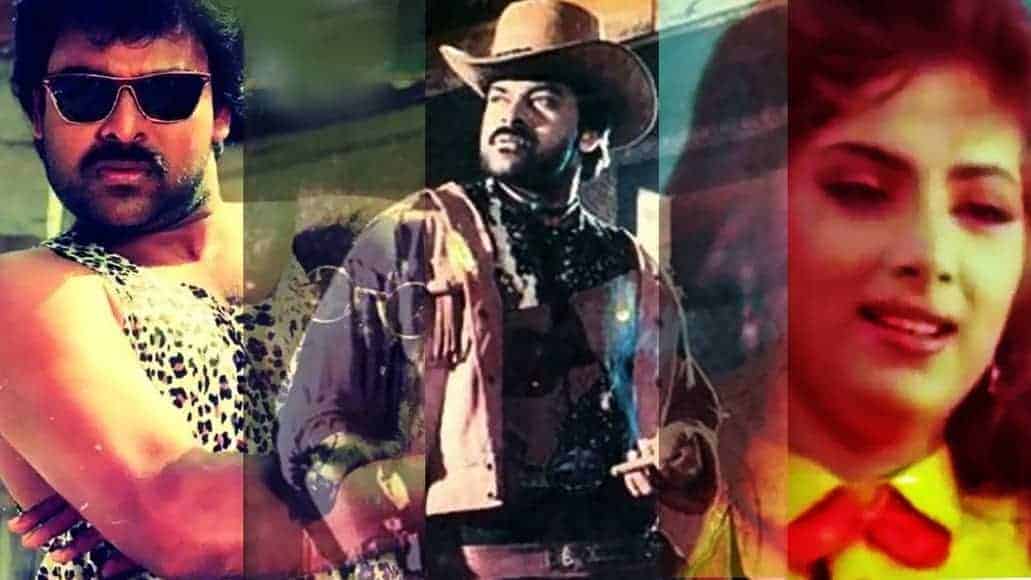
Bharath (Chiranjeevi), is a rough and tough cowboy with a heart of gold. His parents are fatally attacked by villains when he spoils their gambling and prostitution operations. His dying father tells him that he was adopted and told him to look in another city for his real parents. He finds his mother in prison because his father was falsely accused of stealing precious royal treasures. He finds his father (Satyanarayana), who had been living as a leader of a group of forest people and comes to know that the mayor of the town (Pran) and Suddi gali (Mohan Babu) in fact tried to steal the treasure when they accompanied Bharath's father and that he had driven away with it to save it. Bharath retrieves the treasure to save his family's reputation.

6. East Meets West (Kihachi Okamoto, 1995, Japan)

The film starts off with an old man in the desert and two signs are shown; one that says East, the other says west. Japan has sent a mission to San Francisco. In San Francisco, the Japanese are surprised by the American culture. One American, Gus Taylor, and his gang steal all the gold from the mission and make their way in to the desert. One of the samurai of the mission chases after the gang into the desert. He is joined by a young American boy, Sam, whose father was killed by the gang leader. The group picks up a variety of people along the way to New Mexico. The Japanese and the Americans on the trip share parts of their own cultures with each other. The group of vigilantes eventually makes it to New Mexico and finds the gang. They take back their stolen gold and return to San Francisco.
Watch This Title
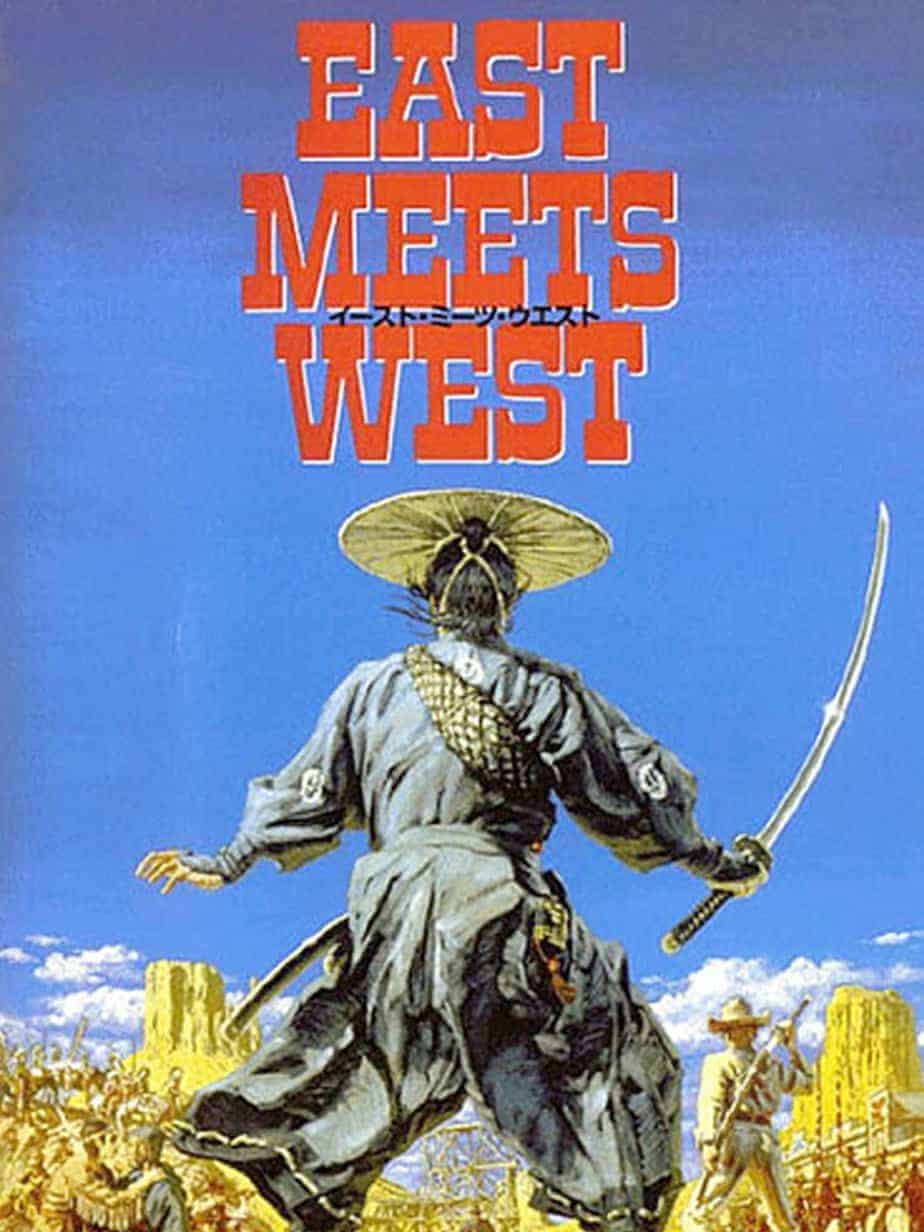
7. Tears of the Black Tiger (Wisit Sasanatieng, 2000, Thailand)
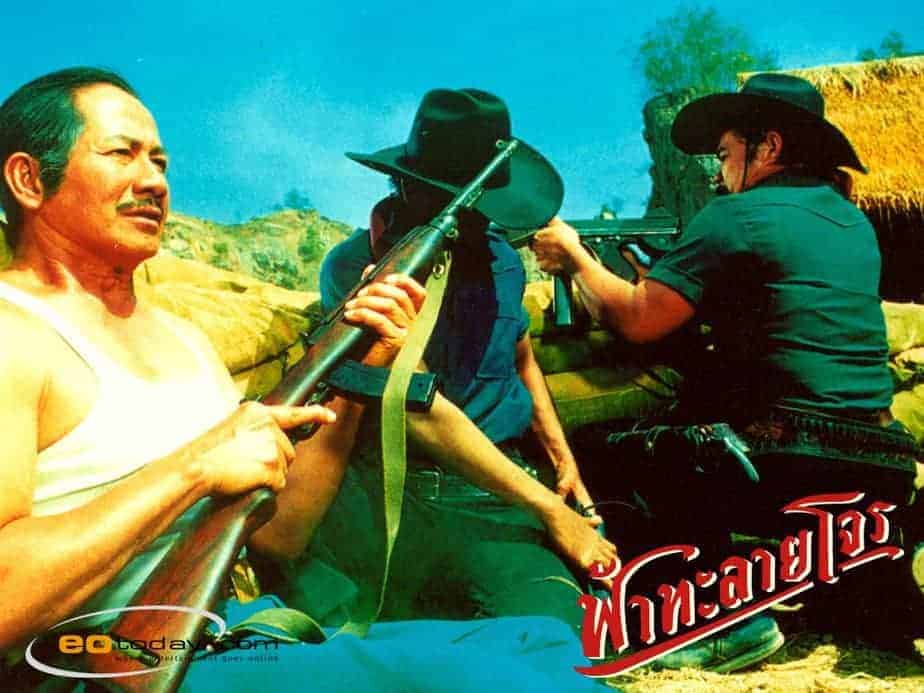
In his effort to make a parody of and parody the genres mentioned in the prologue, Wisit Sasanatieng directs a movie that could be described as “Tarantino meets Gone With the Wind”. The first aspect derives from the absurdity and the exploitation aesthetics of the various battles, which are filled with improbable occurences (check the intro and the shot Black Tiger makes, which is actually presented twice with slow-motion the second time) and blood. On the other hand, the rest of the movie unfolds as a romantic film about a love against all odds that transcends time, much like Victor Fleming's classic, although again with a presentation that mixes the homage with the parody.
Buy This Title
8. Dynamite Warrior (Chalerm Wongpim, 2006, Thailand)

The story is set in 1890s Siam.[Siang (Dan Chupong) is a young Muay Thai warrior and rocketry expert who steals back water buffalo taken from poor Isan farmers by unscrupulous cattle raiders. He is searching for a man with a tattoo who killed his parents. A local nobleman, Lord Waeng (Phutiphong Sriwat), wants to create a market for his steam tractors, so he hires a hulking convict, “The Thief” (Somdet Kaewleu), to kill all the cattle traders and round up all the water buffalo for slaughter, depriving farmers of the draft animals they need to cultivate rice. Lord Waeng's men are eventually pitted against Nai Hoi Sing (Samart Payakaroon), a cattle trader with supernatural martial arts powers and a tattoo on his chest. The tattoo gets Siang's attention, and while the Thief is attempting to steal Sing's cattle herd, Siang briefly confronts Sing but is repelled.
Buy This Title
9. Sukiyaki Western Django (Takashi Miike, 2007, Japan)

I enjoyed the film because I am a fan of Miike and no matter how hard he tries, his talent always shines through. It's a minimalist story that is really just trying to get to a culmination so we can watch everyone kill each other, but there are some great throw backs to the old west to keep you interested if it's a genre you care about. Entertaining stunts and some great shoot outs, there's not really much more you need is there?
Buy This Title
10. The Good, the Bad, the Weird (Kim Jee-woon, 2008, S. Korea)
Jee-woon's direction is brimming with life here, with the action scenes in particular being fast-paced, consistent thrill-rides that employ such a good understanding of his characters that you are always invested, excited and more often than not, laughing out loud at the Jackie Chan-esque physical gags and character moments peppered throughout each chase and shootout. Perhaps Jee-woon's crowning directorial choice in “The Good, The Bad, The Weird” is his shifting of focus from the archetypal western anti-hero, here represented by “The Good” Park Do-wan, and giving the heart of the film to Tae-goo, “The Weird”, the character in this kind of movie most typically relegated to sidekick.
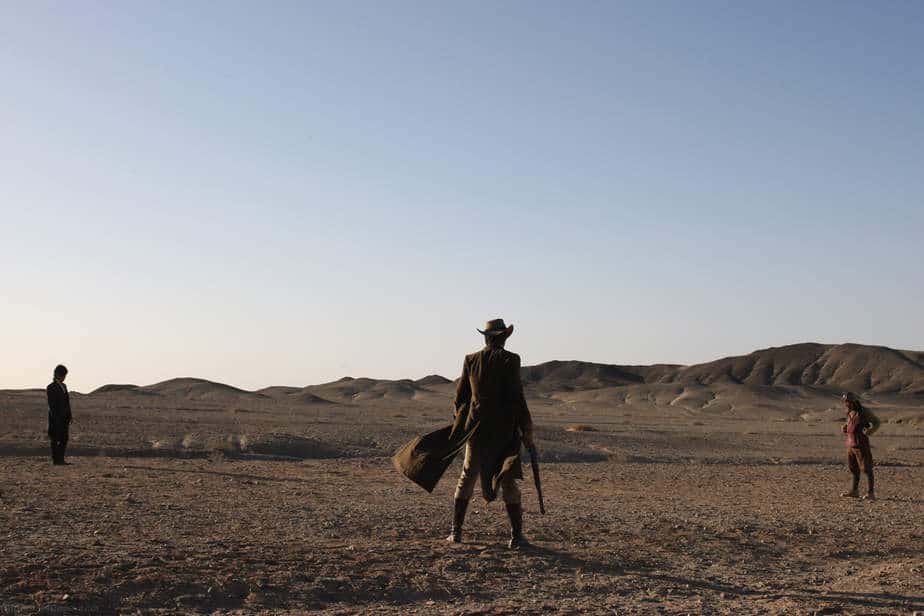



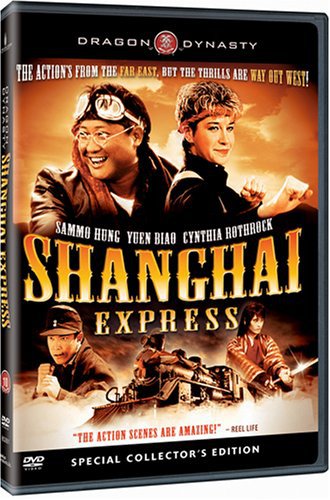
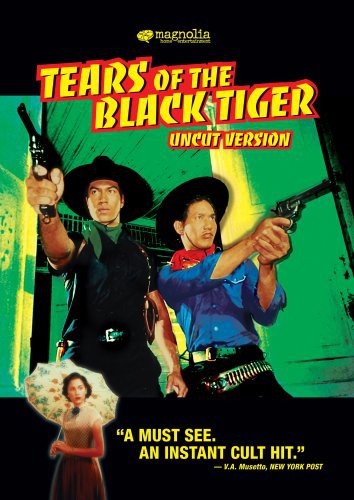



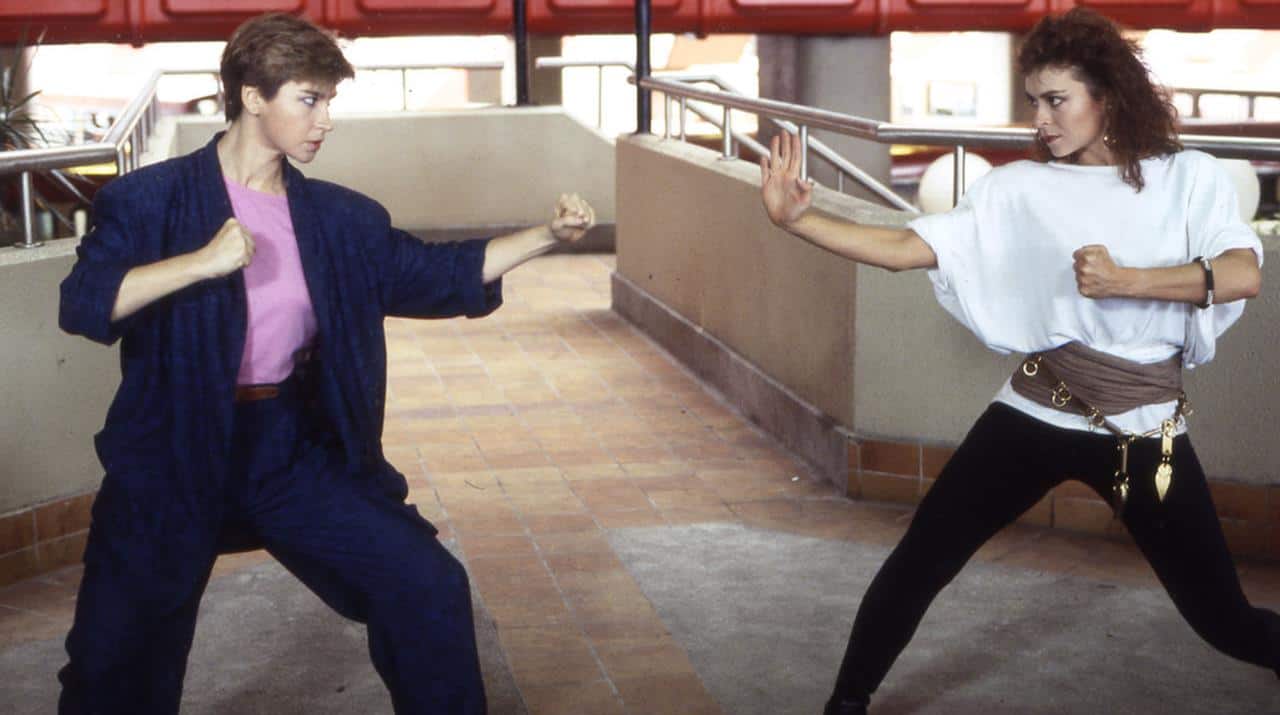
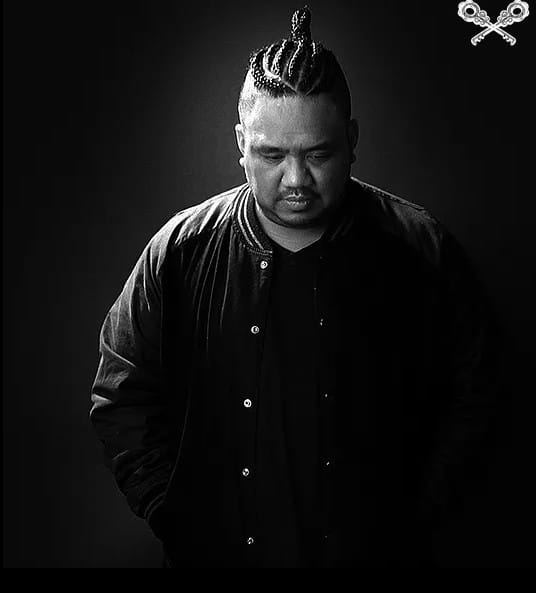


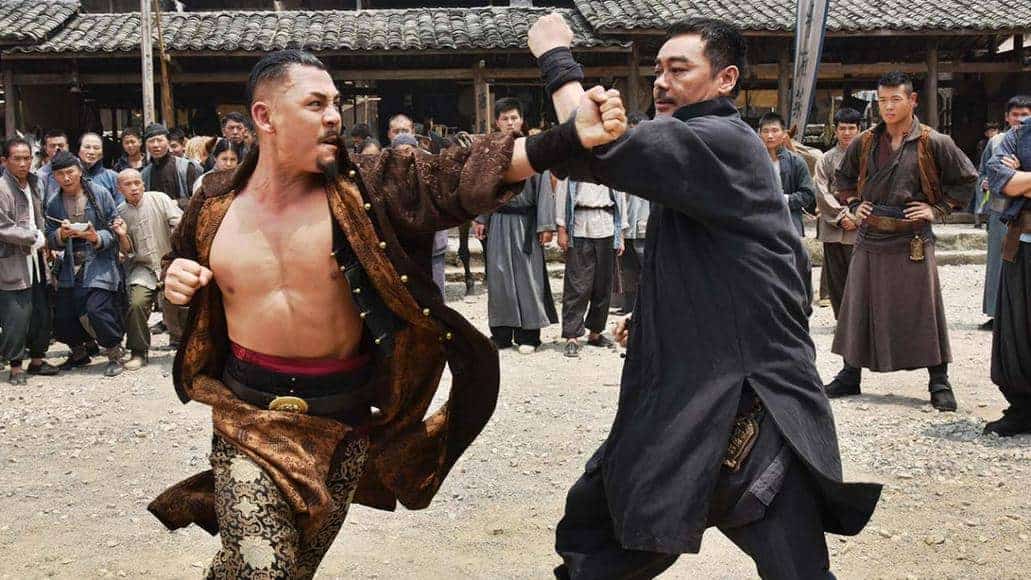
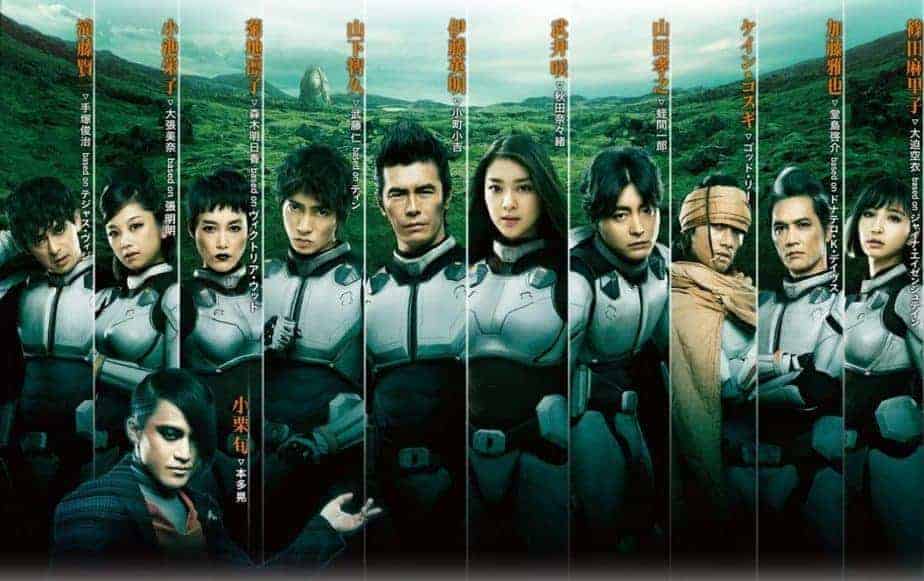







THE GOOD THE BAD AND THE WEIRD is delirious genius from first frame to the last.
It was, by far, my favourite movie of that year.
Completely agree.
Bloody fantastic film and with excellent re-watch value too. ( I think i’ve watched it about 5 times ! )
The warriors of Heaven and Earth has always seemed to be very much like a Western
Yes, this one could easily be in that list